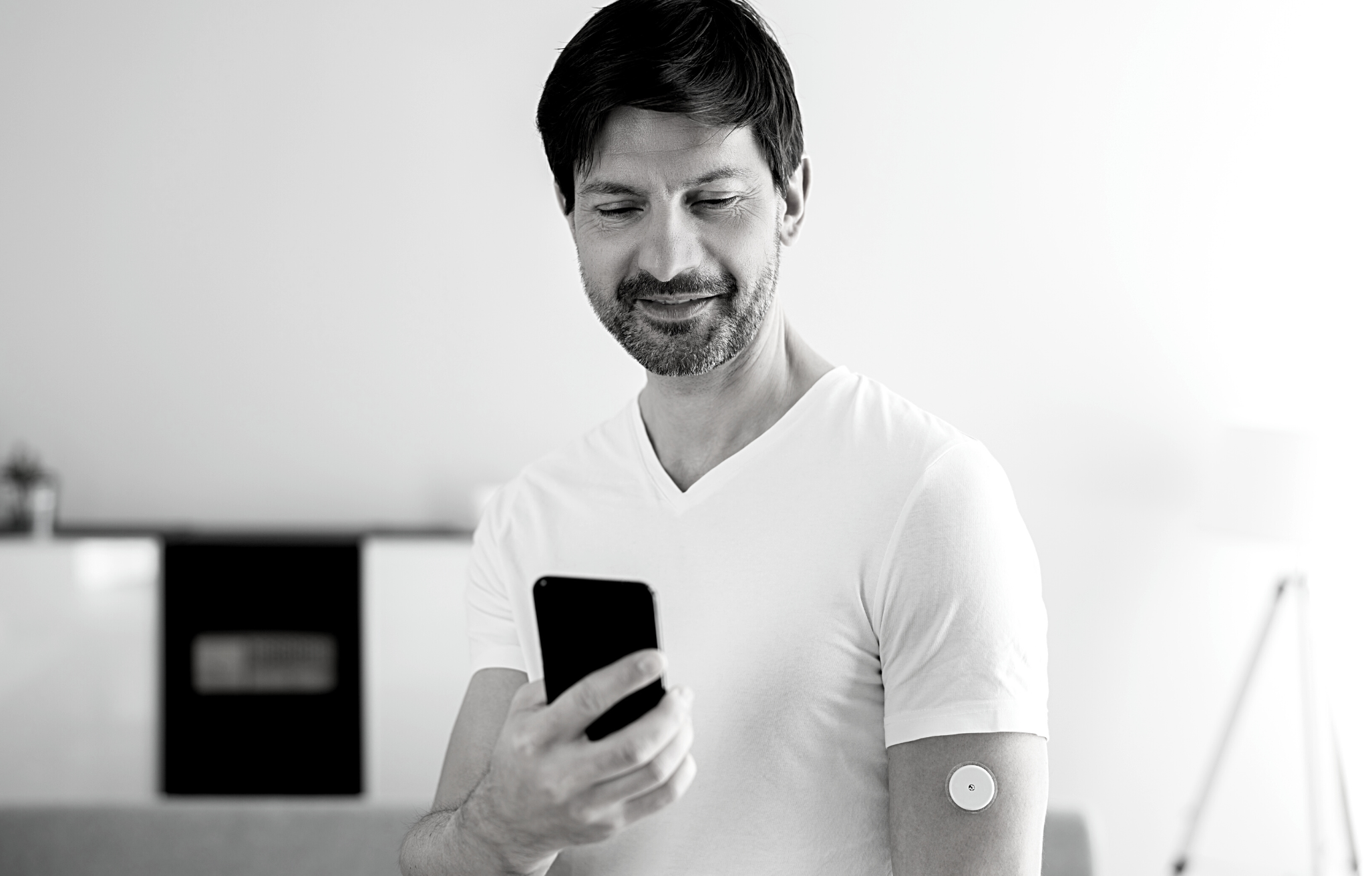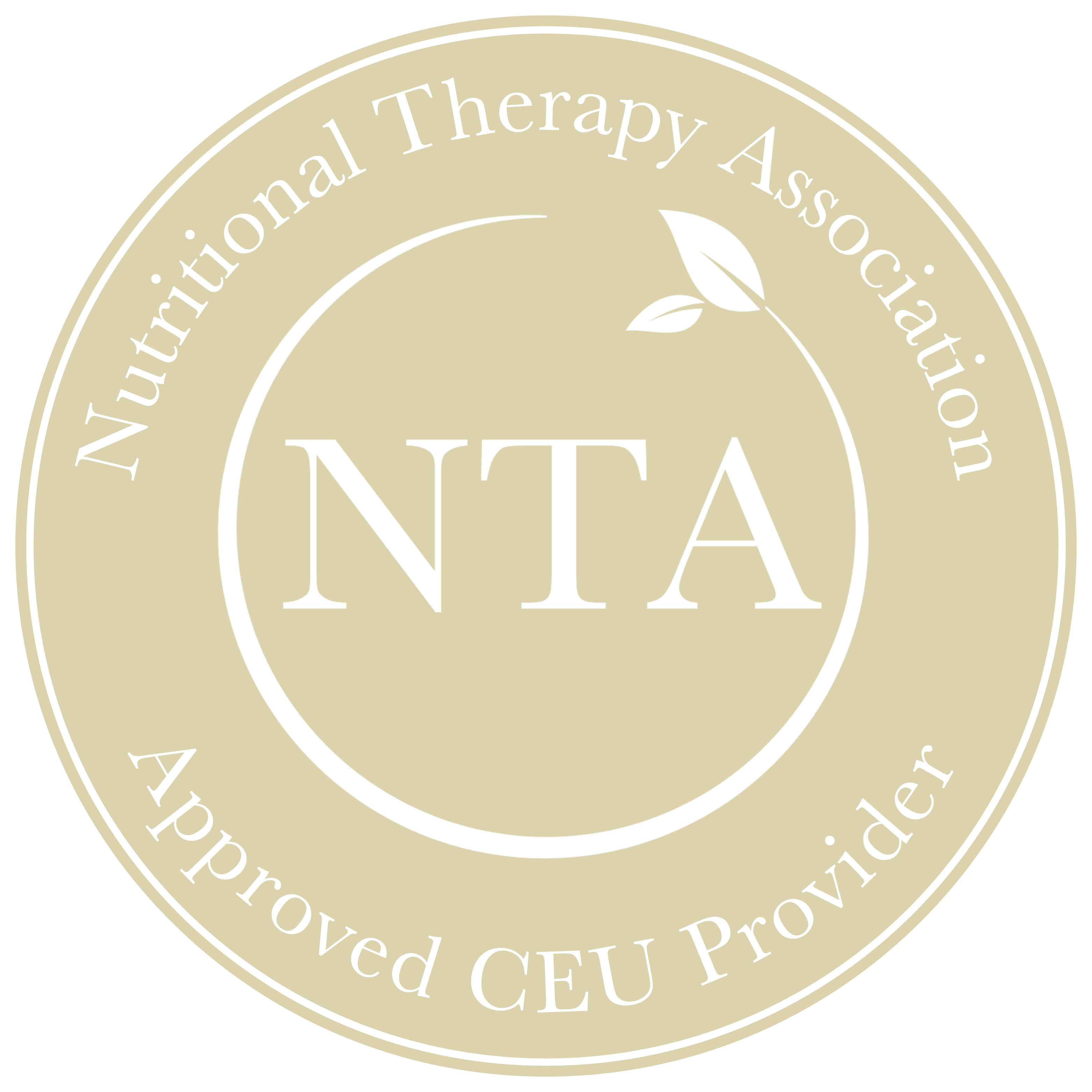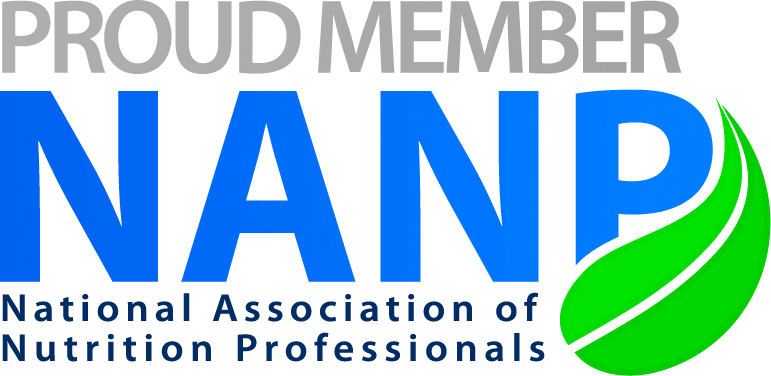As functional practitioners, we’re always looking for the most effective way to “look under the hood” and better understand how our client’s internal systems are functioning, and how we can optimize that function via our tools of dietary manipulation, strategic supplementation and lifestyle interventions.
When it comes to blood sugar handling, until recently we’ve been limited to evaluating a basic set of blood markers: fasting glucose, HbA1c, fasting insulin, and LD. If we want to look a little deeper, we may evaluate markers such as C-peptide, fructosamine, and leptin. Some of these markers are more helpful than others, and together they can provide a more complete picture, but it still doesn’t allow us to really know the true bio-individuality of our client’s blood sugar response. For example, in one person, eating a banana won’t have any impact on their blood glucose levels; for another person, that same banana can lead to a blood sugar spike that lasts for hours. Without this information, our dietary recommendations fall in the category of “here’s what usually minimizes blood sugar spikes in most people”. It’s a helpful starting point, but far from perfect.
Enter the glucometer, that finger-pricking device that allows you to assess real time blood glucose levels whenever you like. This is a step in the right direction and certainly allows us to get a better understanding of our clients’ dietary specifics, but it has its limitations. For one, it gets uncomfortable to be pricking your finger all the time. For another, while there are more data points than what we can get with a traditional blood panel, they’re still far from complete. Lastly, depending on the device used, there can be some significant calibration issues which can lead to skewed readings.
A relatively new kid on the block, especially in terms of its availability for health optimization vs. disease management, is the continuous glucose monitor or CGM. The CGM is a sensor worn in the arm or abdomen that continuously tracks your blood glucose levels. The device measures the glucose molecules in the interstitial fluid via a tiny filament that is inserted into the arm or abdomen, and secured to a little disc that attaches adhesively to the skin. CGMs have long been used as a tool in diabetes management to track blood glucose levels continuously over time. With the advent of consumer-facing companies such as Levels, Signos and Nutrisense, these blood glucose tracking tools are now available to the general public for health optimization.
Benefits of using a CGM
From a clinical and health optimization perspective, continuous blood glucose data provides us with a more complete understanding of an individual’s blood sugar handling than either the glucometer or standard blood markers. Equipped with this continuous data over time, we can see the bioindividuality of our client’s blood sugar response to individual inputs. We can track very specifically how a client’s blood sugar responds to different types of food, different combinations of food, exercise, sleep (or lack thereof), hormetic stressors such as a cold plunge or sauna session, and overall life stressors. We can even see how the blood glucose responds differently when a given food is consumed at the beginning or end of a meal; and how the blood glucose can come down more rapidly if the individual does some activity after eating. This allows us as practitioners to make more finely-tuned recommendations that are specific to our client’s bio-individuality and far more nuanced than simply “eat this, don’t eat that.”
Another real benefit that the CGM provides is true accountability and motivation, in particular for the data-driven client. There’s no hiding the impact of a sugary treat, and it’s much easier to make the “hard” dietary choices when the impacts are being tracked. Also, it can help your client decipher and interpret their hunger cues – are they truly having a low blood sugar moment, or are they just seeking distraction?
When to consider bringing in a CGM for your client
While it’s arguable that most people can benefit from the insights and better understanding of their glucose response to various inputs, there are certain clinical situations where a CGM is a particularly helpful tool:
-When you’ve been working with your client on bringing their blood sugar markers into balance, and the numbers aren’t going where they should. For example, they have a significantly elevated HbA1c and despite good supplementation and dietary strategies, these numbers aren’t shifting as quickly or as significantly as they should, the CGM can provide additional insights into what’s driving those glucose levels up.
-When your client’s weight isn’t budging despite a clean diet, optimized activity levels, and other variables being accounted for (hormonal, biotoxin exposure, thyroid, etc).
-When your client resists dietary change and needs to “see it to believe it”.
-When you have a client with a genetic predisposition to impaired blood sugar handling and diabetes and you want to be highly proactive in your prevention approach.
-When you’re troubleshooting sleep issues and want to determine if blood sugar spikes and crashes are a contributing factor
-When your client wants to really fine-tune and optimize their health either for athletic pursuits or overall performance.
-When your client needs an accountability tool to see first hand and immediately the impacts of their dietary choices
How long should you use a CGM with your clients?
Most consumer-facing CGM services start off with a 28-day supply. Each monitor lasts for 14 days, so this allows for data collection over the two full cycles. For many people, this one-month data collection is sufficient to really understand how their body responds to different dietary inputs. Assuming this four-week cycle, here’s a good strategy for how best to work with the tool and data it provides:
Week 1: Have your client eat exactly as they have been. No changes. This will give you the best data about how their current diet and other lifestyle factors affect their blood glucose. Have your client track all variables during this time – their diet, exercise, sleep, stress levels, and any additional tools they use such as saunas or cold plunges.
Note: some factors will increase blood sugar dramatically but temporarily – like a session in a sauna or a really hard workout – and this is okay and appropriate! What’s key is that the levels stabilize afterward.
Weeks 2 and 3: Start to manipulate individual variables, starting with the meals that created the biggest impact on blood glucose. You can increase or decrease specific macronutrients, provide meal alternatives, and experiment with meal timing and order (for example, consuming protein and fat at the beginning of a meal and the carbohydrates at the end of a meal will typically increase an individual’s tolerance to those carbohydrates).
Week 4: Continue to optimize and fine-tune. By this stage, you and your client should have a really good idea of the impact of different variables, allowing you to optimize your protocol recommendations leveraging this information.
After this initial month, it’s up to you and your client to determine if ongoing use of the CGM is beneficial. For some, the accountability and feedback provided by the CGM is a powerful motivator to stay on-track with new dietary habits. But for others, constant data tracking can feel excessive and cloud their ability to listen to important clues from their body. Most of the CGM services allow you to stop and start your subscription, which means you can track for a month, and then discontinue for several months, and then jump in to track again for another 2-week cycle to check in and continue to fine tune.
Downsides of CGM use
Of course, there is no such thing as a perfect tool, and there are certainly challenges with the CGM we need to be aware of, especially when using them with our clients. The biggest critique of CGMs is that there can be discrepancy from monitor to monitor. Currently in the consumer-facing market there are two monitors available: the Dexcom and the Freestyle Libre. Of the two, the Freestyle Libre has been more heavily critiqued for discrepancy. (Of note, the only two consumer-facing CGM services that offer the Dexcom as of this writing are Levels and Signos.)
Now, it’s important to remember that if you assess blood glucose via a glucometer and compare it to the data provided by the CGM, there can be a discrepancy. Because the interstitial fluid is a sub-solution of blood, it will take a little longer to respond than the blood in the bloodstream itself. This means that there may be a deviation between a reading on a glucometer and a CGM reading for that same time, especially if blood glucose levels are changing rapidly.
Another important consideration is that all data needs to be assessed and interpreted in the full context of the individual. We never want to fall in the trap of “chasing the numbers”. This is a risk when working with a tracking device such as a CGM, and you want to proceed with caution in certain highly susceptible individuals, particularly those with a history of disordered eating.
The last challenge is that these tools, when accessed via consumer-facing companies rather than being prescribed by your doctor, can be more costly. Prices vary from company to company, but can be as high as $200/month. This fee is covering both the medical oversight of the prescribing physician internal to their team as well as the interface for how the data is presented. This is the key difference between the various CGM companies: how the data is presented can significantly impact your ability to work with it.
One way to access these tools for a deeply discounted rate is for your client to get a prescription from their doctor, but many won’t prescribe for health optimization and prevention purposes. As explained above, these tools are used for diabetes management, and not considered appropriate outside of that context.
Overall, and despite these challenges, the CGM is an excellent additional tool to our toolkit as functional practitioners. The additional data it provides can allow us to support our clients to even greater levels of health, overcome obstacles and truly optimize. If you’d like to try a CGM for yourself or your clients, here are three of the top providers:
– Theia – this is a new service that we've been using and loving. If you'd like to try it out for yourself, click here, or to sign up for a practitioner account, click here. Listen to Theia's founder and CEO, Boris Berjan, speak to the pain points they solved with this practitioner-focused service here.
– Levels – use this link to hop to the front of the waitlist: levels.link/RWS (feel free to share with your clients as well – we don’t make any commission off of this, it simply moves them to the front of the line)
– Signos
Are you a Restorative Wellness Practitioner who has used a continuous glucose monitor with your clients? If so, what has been your experience? Send us an email and let us know what has worked well (or what hasn't).
Not yet a Restorative Wellness Practitioner? Be sure to check out our comprehensive certification program that teaches you how to leverage advanced lab testing to build your business and support better client outcomes. Starting with our Level 1 class, Mastering the Art & Science of Gastrointestinal Healing, you'll learn how to use objective data to get to the root cause of your clients' health issues and craft custom, targeted protocols that get results.







